
Laureles: The Vibrant Heart of Medellín
Discover Laureles in Medellín: A vibrant neighborhood full of local culture, delicious food, and beautiful parks, perfect for tourists seeking an authentic Colombian experience.
Laureles is one of Medellín's most inviting and vibrant neighborhoods, offering a perfect blend of local culture and modern amenities. Nestled to the west of the city center, this area is known for its tree-lined streets, charming cafes, and a lively atmosphere that makes it a favorite among both locals and tourists. One of the highlights of Laureles is its array of dining options. From traditional Colombian dishes to international cuisine, the neighborhood is a food lover's paradise. Be sure to visit the bustling Avenida Nutibara, where you can find trendy restaurants, cozy bakeries, and vibrant bars. The area is also home to several parks, including the picturesque Primer Parque de Laureles and the expansive Segundo Parque de Laureles, perfect for a leisurely stroll or a relaxing afternoon. Cultural enthusiasts will appreciate the local art scene in Laureles. The neighborhood hosts various events and exhibitions throughout the year, showcasing the talents of local artists and performers. For those interested in shopping, you'll find a mix of boutique stores and larger shopping centers, offering everything from handmade crafts to stylish clothing. With its welcoming atmosphere and diverse attractions, Laureles is a must-visit destination for anyone exploring Medellín.
Local tips in Laureles
- Visit Avenida Nutibara for the best dining and nightlife options in Laureles.
- Explore Primer Parque de Laureles and Segundo Parque de Laureles for a relaxing day outdoors.
- Check out local art galleries and cultural events to immerse yourself in the local art scene.
- Shop at boutique stores and larger shopping centers for unique souvenirs and fashionable finds.
- Take a stroll down the tree-lined streets to fully appreciate the neighborhood's charm and vibrant atmosphere.
Laureles: The Vibrant Heart of Medellín
Laureles is one of Medellín's most inviting and vibrant neighborhoods, offering a perfect blend of local culture and modern amenities. Nestled to the west of the city center, this area is known for its tree-lined streets, charming cafes, and a lively atmosphere that makes it a favorite among both locals and tourists. One of the highlights of Laureles is its array of dining options. From traditional Colombian dishes to international cuisine, the neighborhood is a food lover's paradise. Be sure to visit the bustling Avenida Nutibara, where you can find trendy restaurants, cozy bakeries, and vibrant bars. The area is also home to several parks, including the picturesque Primer Parque de Laureles and the expansive Segundo Parque de Laureles, perfect for a leisurely stroll or a relaxing afternoon. Cultural enthusiasts will appreciate the local art scene in Laureles. The neighborhood hosts various events and exhibitions throughout the year, showcasing the talents of local artists and performers. For those interested in shopping, you'll find a mix of boutique stores and larger shopping centers, offering everything from handmade crafts to stylish clothing. With its welcoming atmosphere and diverse attractions, Laureles is a must-visit destination for anyone exploring Medellín.
Iconic landmarks you can’t miss
Pueblito Paisa
Explore Medellín's cultural heritage at Pueblito Paisa, a charming village replica with stunning views and vibrant local arts.
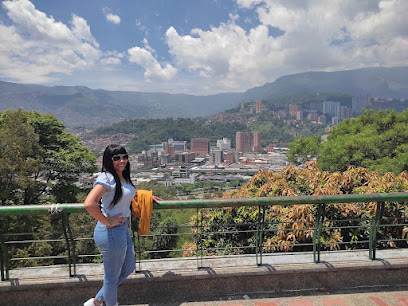
Plaza Botero - Medellín, Antioquia
Discover the vibrant Plaza Botero in Medellín, a public square brimming with renowned sculptures and rich cultural heritage.
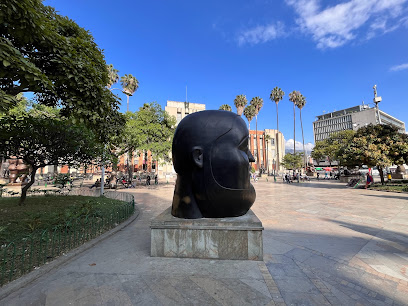
Parque de El Poblado
Explore the lush landscapes and vibrant culture of Parque de El Poblado, Medellín's urban oasis perfect for relaxation and local experiences.
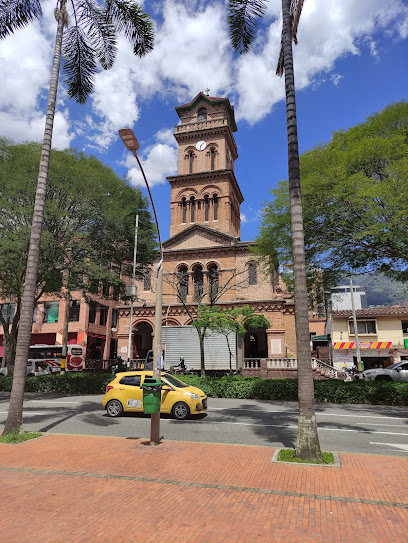
Parque Arví
Explore the stunning Parque Arví, an ecological gem near Medellín, offering breathtaking landscapes, rich biodiversity, and cultural experiences for every traveler.
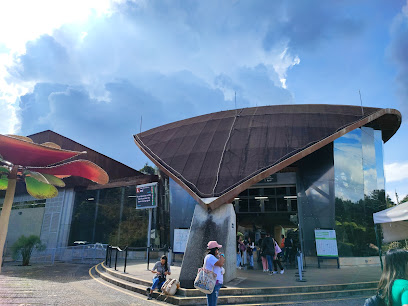
Parque de los Pies Descalzos
Discover the serene beauty of Parque de los Pies Descalzos in Medellín, where nature and culture blend seamlessly for an unforgettable outdoor experience.
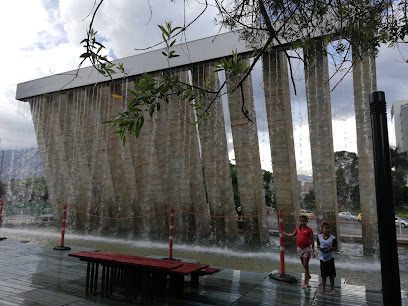
Primer Parque de Laureles
Explore the lush beauty of Primer Parque de Laureles, an urban oasis in Medellín perfect for relaxation, culture, and community engagement.
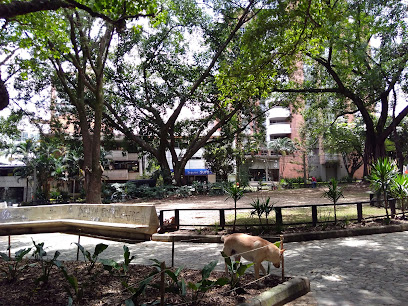
Sculpture park Nutibara Hill
Explore the vibrant Sculpture Park Nutibara Hill in Medellín, a unique fusion of art and nature with panoramic city views and cultural significance.
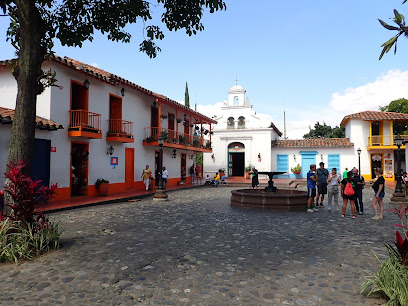
Inflexión Memorial Park
Explore the tranquil Inflexión Memorial Park in Medellín, a perfect blend of nature, art, and community reflection amidst the urban landscape.
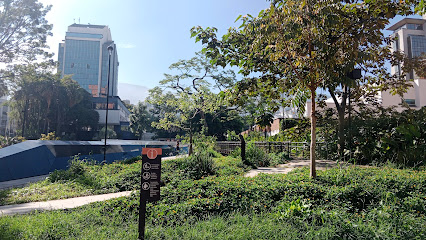
Jardín de los Laureles
Experience the charm of Medellín at Jardín de los Laureles, where comfort meets culture in the heart of Laureles.
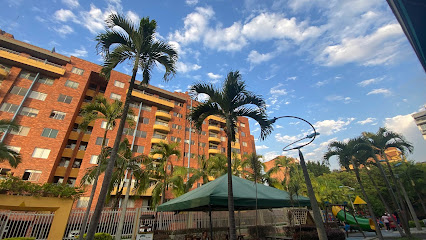
Monumento a la Raza
Experience the cultural essence of Colombia at the iconic Monumento a la Raza in Medellín's historic La Candelaria district.
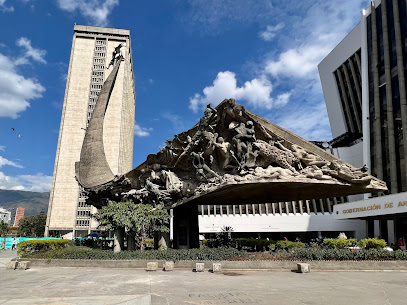
Monumento Trabajo
Discover the Monumento Trabajo in Medellín, a historical landmark celebrating the spirit of the workforce in the heart of Belén, Antioquia.
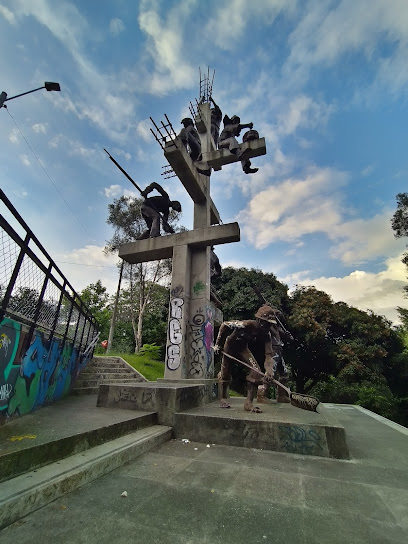
Communa 13 look out
Explore the captivating history and stunning vistas at Communa 13 Lookout, a symbol of Medellín's transformation and artistic resurgence.

O que fazer Medellín
Experience the vibrant culture, stunning landscapes, and rich history of Medellín, Colombia, the City of Eternal Spring.

Capilla Records
Discover the charm of Capilla Records, a historical landmark in Medellín, rich in culture and architectural beauty that reflects the city's heritage.
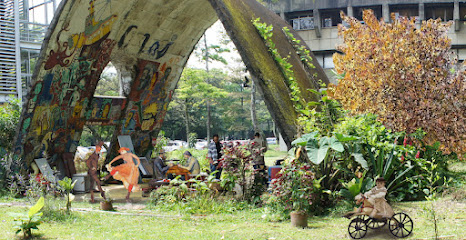
Unmissable attractions to see
Pueblito Paisa
Discover the charm of Pueblito Paisa, Medellín's cultural gem, featuring stunning views, artisan shops, and a taste of traditional Antioquian life.
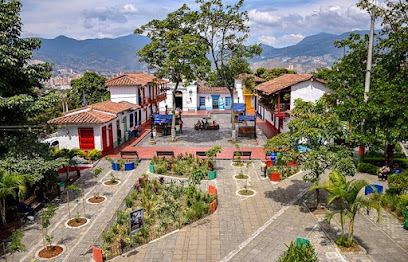
Plaza Botero - Medellín, Antioquia
Explore Plaza Botero in Medellín, a vibrant hub of art and culture featuring iconic sculptures by Fernando Botero amidst a lively public atmosphere.
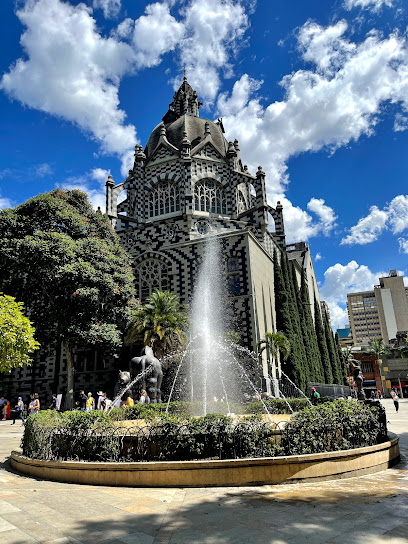
Parques del Río Medellín
Discover Parques del Río Medellín, a vibrant urban park offering stunning landscapes, art installations, and a peaceful retreat in the heart of Medellín.

Parque Arví
Discover the breathtaking beauty and ecological diversity of Parque Arví, a must-visit destination for nature lovers in Medellín, Colombia.

Sculpture park Nutibara Hill
Explore the artistic beauty and stunning vistas of Sculpture Park Nutibara Hill, a cultural gem in the heart of Medellín.

O que fazer Medellín
Experience the vibrant culture, innovative spirit, and breathtaking landscapes of Medellín, Colombia's transformative city.
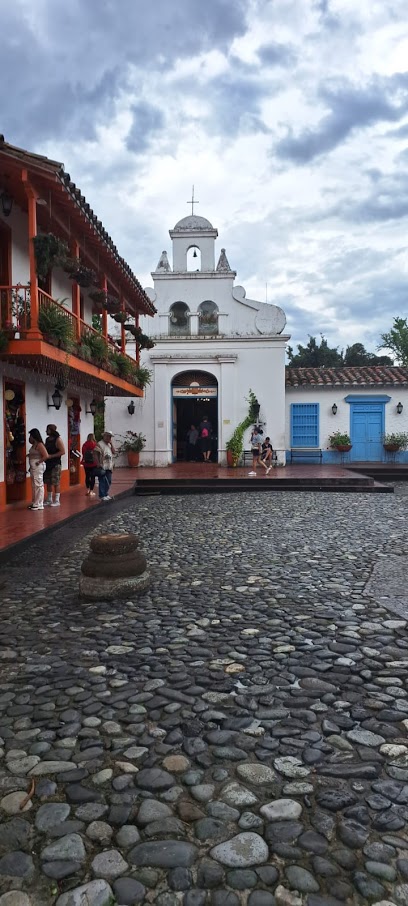
Essential places to dine
Mondongo's
Savor traditional Colombian cuisine at Mondongo's in Medellín—home to delicious dishes like mondongo and bandeja paisa.
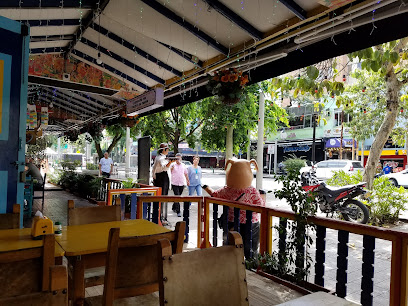
il forno Casa Laureles | Medellín
Experience authentic Italian flavors at Il Forno Casa Laureles in Medellín - where every meal is a celebration of culinary art.

Bárbaro | Primitive Cuisine - Laureles
Experience authentic Colombian flavors at Bárbaro | Primitive Cuisine in Medellín’s Laureles district, where every dish tells a story.
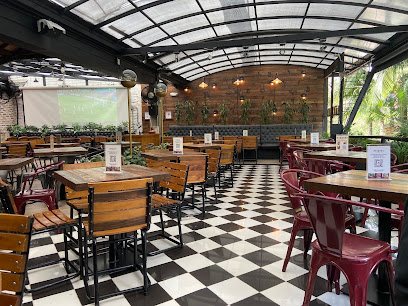
Saludpan
Discover the essence of Colombian cuisine at Saludpan – where healthy meets delicious in the heart of Medellín.
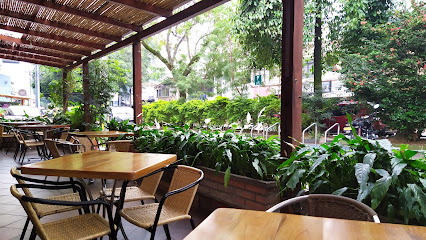
Voraz
Experience culinary excellence at Voraz in Medellín’s Laureles district—where traditional flavors meet modern flair.
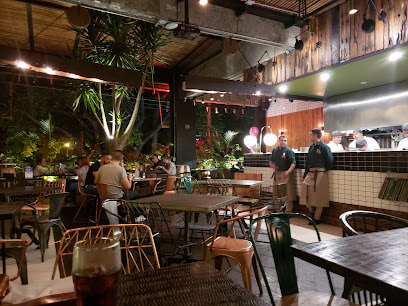
Delirio Exquisito - Sede laureles
Discover Delirio Exquisito in Medellín: A fusion of Western and Mexican cuisine in an elegant setting that promises an unforgettable dining experience.
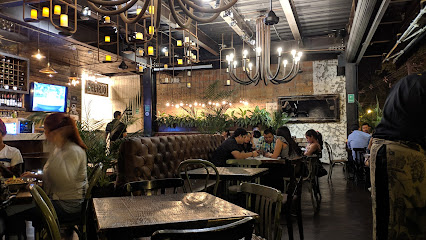
Romero Artesanal Cuisine
Discover exquisite Colombian flavors at Romero Artesanal Cuisine in Medellín, where every dish tells a story of tradition and innovation.
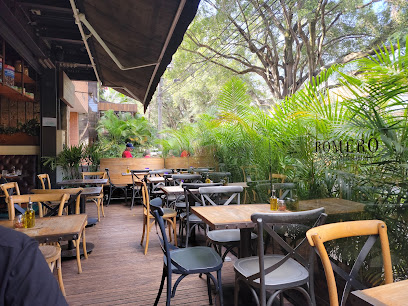
Ammazza | Pizzeria & Gin Garden - Laureles
Experience exquisite pizzas and innovative gin cocktails at Ammazza in Laureles – where every bite tells a story.

El Correo Carne y Vino
Discover the flavors of Colombia at El Correo Carne y Vino in Medellín's vibrant Laureles neighborhood.
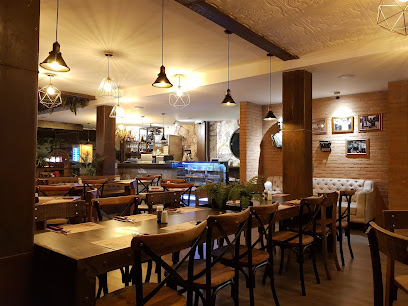
Della Nonna Laureles
Discover exquisite flavors at Della Nonna Laureles – where Colombian tradition meets culinary innovation in Medellín.
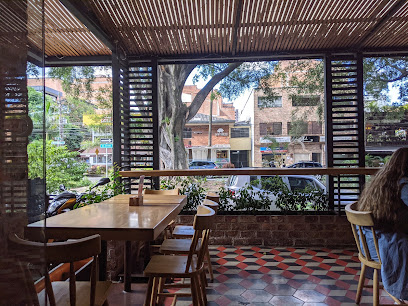
Markets, malls and hidden boutiques
Unicentro Shopping Mall
Discover Unicentro Shopping Mall in Medellín, where shopping meets local culture in a lively and modern atmosphere.
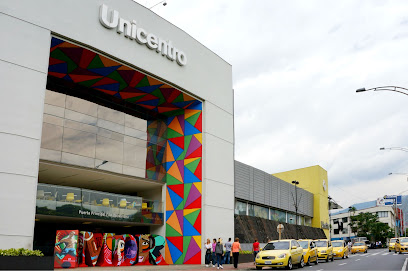
Éxito - Laureles
Discover Éxito - Laureles, a vibrant supermarket in Medellín, offering fresh produce, unique local products, and a taste of Colombian culture.
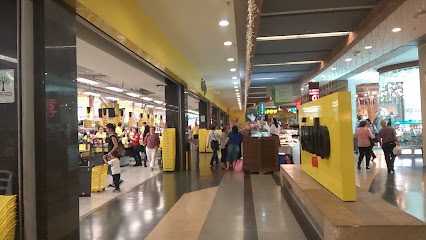
Viva Laureles
Discover the vibrant shopping, dining, and entertainment hub at Viva Laureles in Medellín, where local culture meets modern convenience.
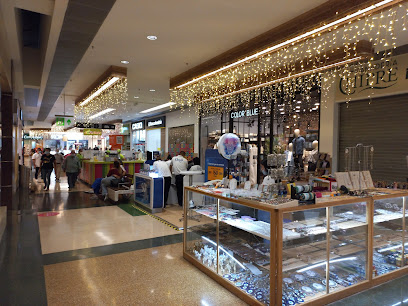
Mall Laureles
Explore Mall Laureles in Medellín for an unforgettable shopping experience with local flavors, diverse brands, and vibrant culture.
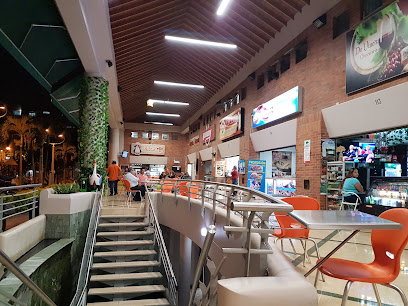
Mattelsa Medellín Laureles - Tienda de Ropa
Discover the essence of Medellín fashion at Mattelsa Medellín Laureles, where style meets casual elegance in the heart of the city.
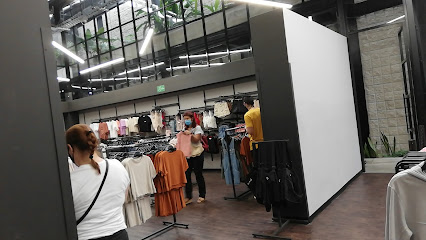
Ámbar Moda - Sede Laureles
Explore the vibrant fashion of Medellín at Ámbar Moda, where trendy dresses meet local Colombian flair.
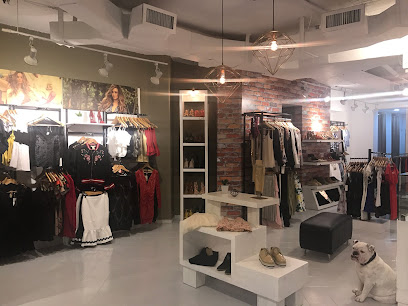
Fucsia Boutique
Discover unique Colombian fashion at Fucsia Boutique in Medellín's Laureles district, where style meets local craftsmanship.

De Mis Manos Tiendas - Unicentro Local 118
Explore authentic Colombian crafts at De Mis Manos Tiendas, a premier gift shop in Medellín for unique souvenirs and local artistry.
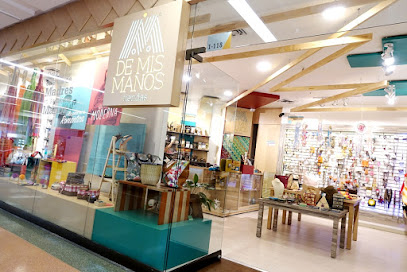
Verde Manzana Boutique- Medellin
Explore Verde Manzana Boutique in Medellín for unique custom t-shirts, stylish jeans, dresses, and accessories that embody the city's vibrant fashion scene.
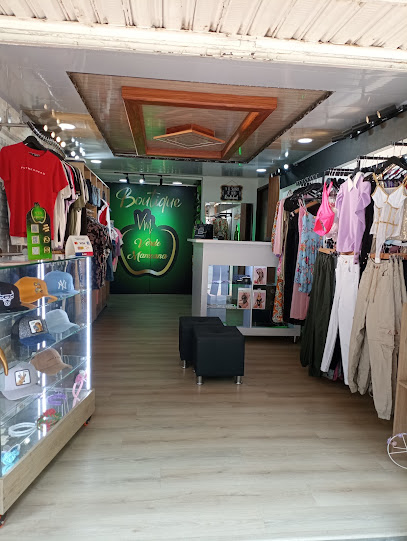
Fura Boutique
Explore Fura Boutique in Medellín for unique clothing that blends contemporary fashion with local Colombian flair.
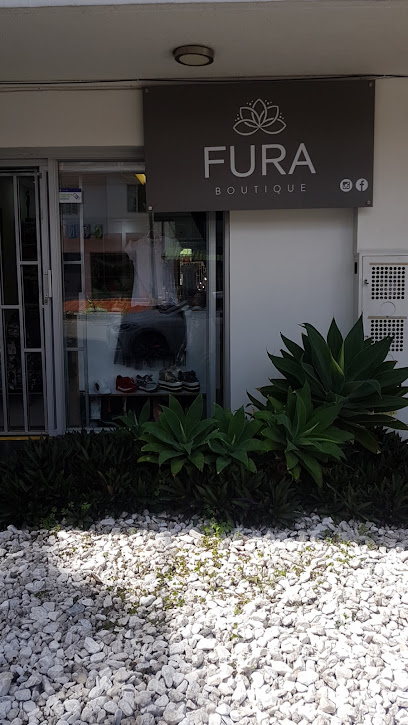
Essential bars & hidden hideouts
Son Havana Bar
Discover the vibrant nightlife of Medellín at Son Havana Bar, a premier salsa venue where music, dance, and culture come alive.

Del Patio Bar
Experience the vibrant atmosphere and delicious grill offerings at Del Patio Bar in Medellín, a perfect spot for food lovers and nightlife enthusiasts.
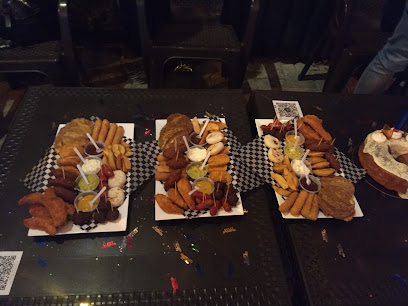
BBC Beer Pub, Laureles
Discover the vibrant atmosphere and unique craft beers of BBC Beer Pub in the heart of Medellín's Laureles district.
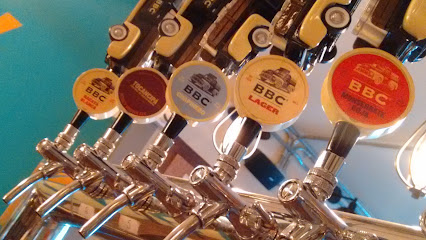
Public House Laureles
Discover the vibrant atmosphere of Public House Laureles, a gastropub in Medellín offering delicious food and drinks in a lively setting.
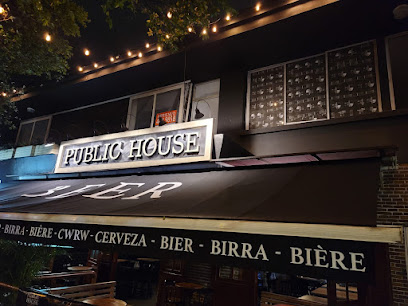
BarC2
Experience the lively atmosphere and delicious offerings at BarC2, a top destination for cocktails and Colombian cuisine in Medellín's Laureles.
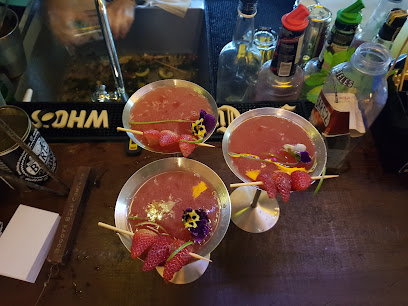
The Corner Bar Medellin
Discover the vibrant atmosphere of The Corner Bar Medellin, where local craft beers and friendly vibes come together in the heart of Laureles.
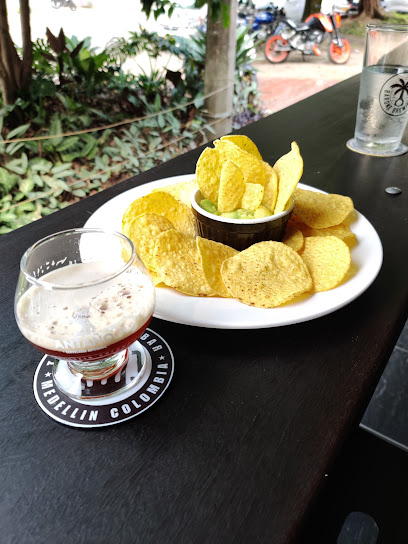
Sputnik Bar
Discover the lively nightlife at Sputnik Bar in Medellín, where great drinks, music, and an unforgettable atmosphere await you.
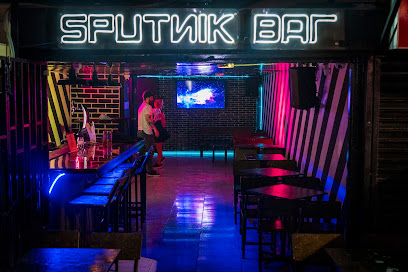
Dopamina Rock Bar Laureles
Experience the electrifying atmosphere of Dopamina Rock Bar in Laureles, Medellin - a must-visit for rock music lovers and nightlife enthusiasts.
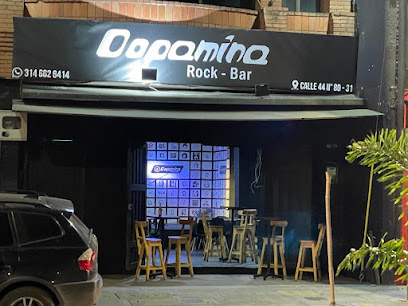
Oveja Negra - Bar and Food
Experience the vibrant nightlife at Oveja Negra, a lively bar in Medellín's Laureles neighborhood offering great food and drinks in a fun atmosphere.
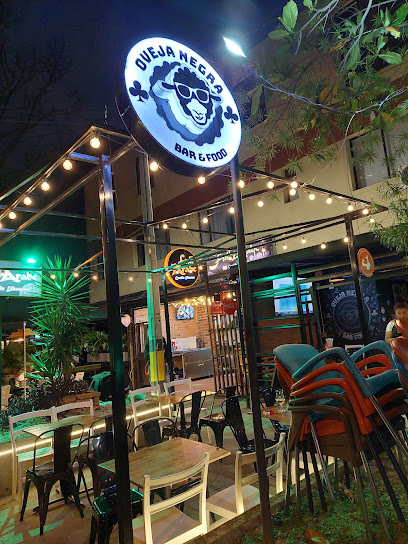
Vibes cocktails
Discover the vibrant spirit of Medellín at Vibes Cocktails, where innovative mixology meets a lively atmosphere in Laureles.

Local Phrases
-
- HelloHola
[oh-lah] - GoodbyeAdiós
[ah-dee-ohs] - YesSí
[see] - NoNo
[noh] - Please/You're welcomePor favor/De nada
[por fah-vor/de nah-dah] - Thank youGracias
[grah-see-ahs] - Excuse me/SorryPerdón
[pair-dohn] - How are you?¿Cómo estás?
[koh-moh ehs-tahs] - Fine. And you?Bien. ¿Y tú?
[bee-ehn. ee too] - Do you speak English?¿Hablas inglés?
[ah-blahs een-glehs] - I don't understandNo entiendo
[noh ehn-tee-ehn-doh]
- HelloHola
-
- I'd like to see the menu, pleaseMe gustaría ver el menú, por favor
[meh goo-stah-ree-ah vehr ehl meh-noo, por fah-vor] - I don't eat meatNo como carne
[noh koh-moh kahr-neh] - Cheers!¡Salud!
[sah-loohd] - I would like to pay, pleaseMe gustaría pagar, por favor
[meh goo-stah-ree-ah pah-gahr, por fah-vor]
- I'd like to see the menu, pleaseMe gustaría ver el menú, por favor
-
- Help!¡Ayuda!
[ah-yoo-dah] - Go away!¡Vete!
[veh-teh] - Call the Police!¡Llama a la policía!
[yah-mah ah lah poh-lee-see-ah] - Call a doctor!¡Llama a un médico!
[yah-mah ah oon meh-dee-koh] - I'm lostEstoy perdido/a
[ehs-toy pair-dee-doh/ah] - I'm illEstoy enfermo/a
[ehs-toy ehn-fehr-moh/ah]
- Help!¡Ayuda!
-
- I'd like to buy...Me gustaría comprar...
[meh goo-stah-ree-ah kohm-prahr] - I'm just lookingSolo estoy mirando
[soh-loh ehs-toy mee-rahn-doh] - How much is it?¿Cuánto cuesta?
[kwan-toh kwehs-tah] - That's too expensiveEso es muy caro
[eh-soh ehs moo-ee kahr-oh] - Can you lower the price?¿Puedes bajar el precio?
[pweh-dehs bah-har ehl pree-syoh]
- I'd like to buy...Me gustaría comprar...
-
- What time is it?¿Qué hora es?
[keh oh-rah ehs] - It's one o'clockEs la una en punto
[ehs lah oo-nah ehn poon-toh] - Half past (10)Las diez y media
[lahs d'yehs ee meh-dee-ah] - MorningMañana
[mah-nyah-nah] - AfternoonTarde
[tahr-deh] - EveningNoche
[noh-cheh] - YesterdayAyer
[ah-yehr] - TodayHoy
[oy] - TomorrowMañana
[mah-nyah-nah] - 1Uno
[oo-noh] - 2Dos
[dohs] - 3Tres
[trehs] - 4Cuatro
[kwah-troh] - 5Cinco
[seen-koh] - 6Seis
[says] - 7Siete
[syeh-teh] - 8Ocho
[oh-choh] - 9Nueve
[nweh-veh] - 10Diez
[dyehs]
- What time is it?¿Qué hora es?
-
- Where's a/the...?¿Dónde está...?
[dohn-deh ehs-tah] - What's the address?¿Cuál es la dirección?
[kwal ehs lah dee-rehk-syohn] - Can you show me (on the map)?¿Puedes mostrarme (en el mapa)?
[pweh-dehs mohs-trar-meh (ehn ehl mah-pah)] - When's the next (bus)?¿Cuándo es el próximo (autobús)?
[kwan-doh ehs ehl prohk-see-moh (ow-toh-boos)] - A ticket (to ....)Un boleto (a ....)
[oon boh-leh-toh (ah)]
- Where's a/the...?¿Dónde está...?
History of Laureles
-
Laureles was founded in the early 20th century as part of Medellín's expansion beyond its traditional urban center. It was designed with wide avenues and green spaces, reflecting the influence of urban planning trends of the time. The name 'Laureles' comes from the laurel trees that adorned the area, symbolizing peace and prosperity.
-
During the mid-20th century, Laureles emerged as a cultural hub, attracting artists, intellectuals, and the middle class. The construction of theaters, cafes, and cultural centers contributed to its reputation as a vibrant neighborhood. Notable institutions like the Teatro Metropolitano and the Universidad Pontificia Bolivariana were established, fostering an environment rich in artistic and educational endeavors.
-
The turbulent period of violence in Medellín during the late 20th century affected Laureles, like many other neighborhoods. Drug cartels and gang violence disrupted the community, leading to a decline in safety and quality of life. However, despite these challenges, the area remained resilient, and local initiatives emerged to reclaim public spaces and restore a sense of community.
-
In the 21st century, Laureles underwent a significant transformation characterized by urban renewal and gentrification. Investment in infrastructure, public transport, and commercial development attracted a new wave of residents and businesses. The neighborhood's historical architecture has been preserved, while modern amenities have been introduced, making it a desirable area for both locals and expatriates.
-
Laureles is now known for its thriving culinary scene, featuring a mix of traditional Colombian cuisine and international offerings. The area is home to numerous restaurants, cafes, and bars that reflect the neighborhood's dynamic culture. Events such as food festivals and artisan markets celebrate local traditions, further enriching Laureles' cultural tapestry.
Laureles Essentials
-
Laureles is easily accessible from other neighborhoods in Medellín. The Metro is a convenient option; take Line A to the Estadio station or Line B to the San Antonio station, both of which are a short walk to Laureles. Buses also serve the area extensively, with numerous routes connecting Laureles to Poblado, Envigado, and other neighborhoods. Taxis and ride-sharing services like Uber are widely available and provide a direct and comfortable way to reach your destination.
-
In Laureles, the Metro and buses are the primary means of public transportation. The Metro’s Line A runs along the western edge of the neighborhood, and several bus routes traverse the area, making it easy to navigate. Bicycles can be rented through local bike-sharing programs, and the neighborhood is quite walkable, with many cafés, shops, and parks located close together. For late-night travel, taxis or ride-sharing services are recommended for safety and convenience.
-
Laureles is generally considered a safe neighborhood for tourists, though vigilance is always advised. Areas near the stadium and certain parts of the surrounding neighborhoods can experience higher crime rates. It is best to avoid isolated streets after dark and to keep personal belongings secure. Always be cautious in crowded places and avoid displaying valuables, especially in transit hubs.
-
In case of emergency, dial 123 for police assistance or medical emergencies. Local hospitals and clinics are available; the Hospital General de Medellín is a notable option. It is advisable to have travel insurance that covers health emergencies. Pharmacies are widely available for minor health issues, and many staff members can assist in English.
-
Fashion: Do dress modestly and comfortably. Avoid overly revealing clothing, especially when visiting religious sites. Religion: Do respect local customs, especially in churches; covering shoulders and knees is appreciated. Public Transport: Do offer your seat to elderly passengers. Don't eat or drink on public transport. Greetings: Do greet locals with a handshake and a smile. Eating & Drinking: Do savor local foods and accept invitations to share meals. Don’t refuse food or drink, as it can be considered impolite.
-
To experience Laureles like a local, visit the neighborhood's many parks, such as Parque de los Deseos, which often hosts cultural events and outdoor movies. Explore the local cafés and bakeries for some of the best coffee and pastries in Medellín. Engage with local vendors at the street markets for fresh produce and handmade goods. Don't miss out on the vibrant nightlife in the area, particularly around La 70, where you can enjoy music, dancing, and local cuisine.
Trending Landmarks in Laureles
-
Pueblito Paisa
-
Plaza Botero - Medellín, Antioquia
-
Parque de El Poblado
-
Parque Arví
-
Parque de los Pies Descalzos
-
Primer Parque de Laureles
-
Sculpture park Nutibara Hill
-
Inflexión Memorial Park
-
Jardín de los Laureles
-
Monumento a la Raza
-
Monumento Trabajo
-
Communa 13 look out
-
O que fazer Medellín
-
Capilla Records
Nearby Cities to Laureles
-
Things To Do in Manizales
-
Things To Do in Pereira
-
Things To Do in Armenia
-
Things To Do in Ibagué
-
Things To Do in Bogotá
-
Things To Do in Tunja
-
Things To Do in Villavicencio
-
Things To Do in Cali
-
Things To Do in Sincelejo
-
Things To Do in Neiva
-
Things To Do in Cúcuta
-
Things To Do in Popayán
-
Things To Do in Cartagena
-
Things To Do in San Blas Islands
-
Things To Do in Panama City










